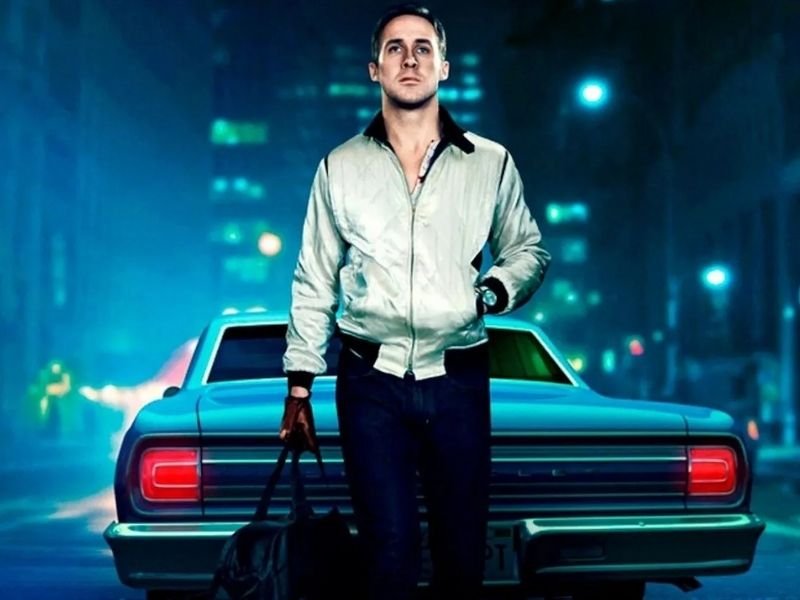As Netflix is continuously piling its figurative shelves with reams of original projects, it’s worth reminding ourselves that they started out by sharing some of the greatest Hollywood titles ever made. So, with Netflix Flashback, we’re looking back at some of the platform’s classic films and reminding ourselves just how great they are — next up is, the 2011 film Drive that has aged well over the last decade.
Directed by Danish filmmaker Nicolas Winding Refn and based on James Sallis’eponymous 2005 novel, the film opens with Ryan Gosling driving a Chevy Impala, looking stylish and enigmatic, dripping with cool. His character does not have a name and is mainly referred to as the Driver. He represents the struggling everyman who is a stunt driver for noir films by day and works as a getaway driver by night. Devoid of emotions, the Driver exists as an impassive man who is seemingly unaffected by his surroundings, much like the modern existential hero whose historicity is absent and remains insignificant. All that matters is his response to the current events.
However, his resolve comes crumbling down when his pretty neighbour, Irene, played by Carey Mulligan, moves in with her adorable son, Benicio, with whom the Driver forms a beautiful bond. Although he tries hard to not show it, his heart is filled with warmth and love for the child. His flirtatious encounters with his neighbour in the dimly-lit hallways of the dingy apartment are cut short by the arrival of her husband Standard, played by oscar Isaac, who has just left prison. Standard is oblivious to the obvious tension between the duo and instead asks the Driver to assist him in a dangerous heist. Although reluctant, the Driver agrees and things soon go awry. Irene and Benicio are threatened and the Driver ruthlessly and silently murders anyone and everyone who tries to harm them.
The film is filled with well-stylised shots and imagery that is complemented by the music. Dialogues are sparse and all one needs is to watch the elevator scene where Irene and the Driver engage in a searing kiss before the latter beats up the thug to a pulp to understand the whole purpose of the film. The action scenes hold deep meaning to the plot and it is not just mindless gore that complements the film. The Driver’s silence is deliberate, provocative and somewhat sinister.
The existential hero at the crux of the story and the turmoil that plagues his mind reflects human nature. His icy exterior is replaced by concern and genuine worry for the ones who matter to him. He stops at nothing and is ready to undertake the journey along the path of destruction and death to keep them at bay from casualties. As the Driver drives through nighttime Los Angeles, the bright neon lights pierce through the darkness and add to the contemplative feel of the film. Refn does an incredible job in understanding the various camera angles that help translate the Driver’s silence into voluminous dialogues, making it an unforgettable film experience.
Gosling as the vengeful and stoic everyman who is craving for a better life is unparalleled. Having performed many of his own stunts, his blank expressions and resounding silence adds remarkable emotional depth to various situations within the film. A riveting watch, even a decade later Drive remains one of Refn’s, who is an exploitation film-maniac himself, arthouse action masterpieces that deserve to be on the top of everyone’s watchlist!
“You get out of here and you never fucking come back. You never come back.”
